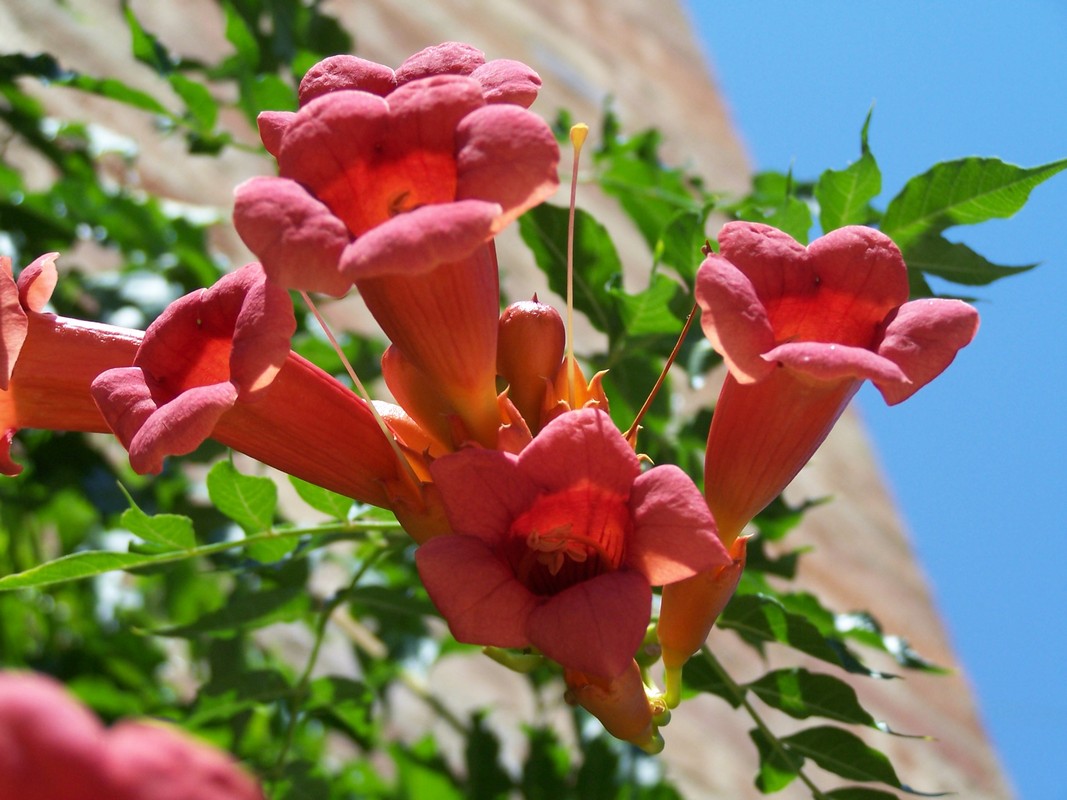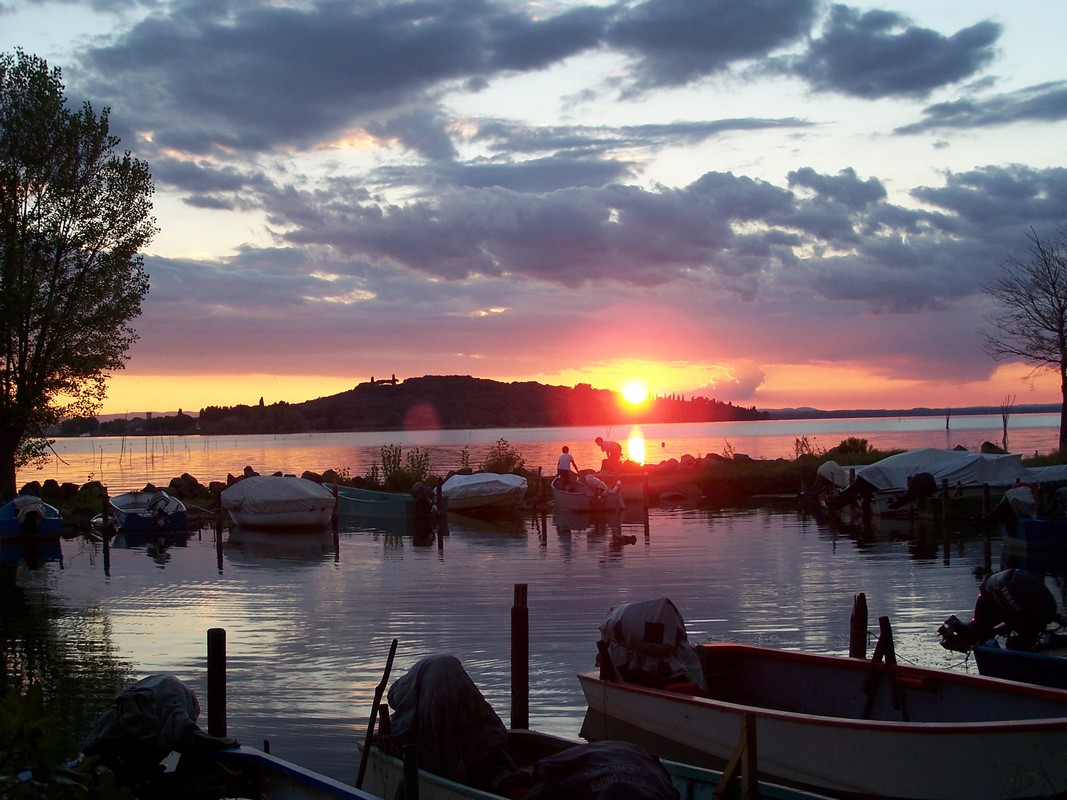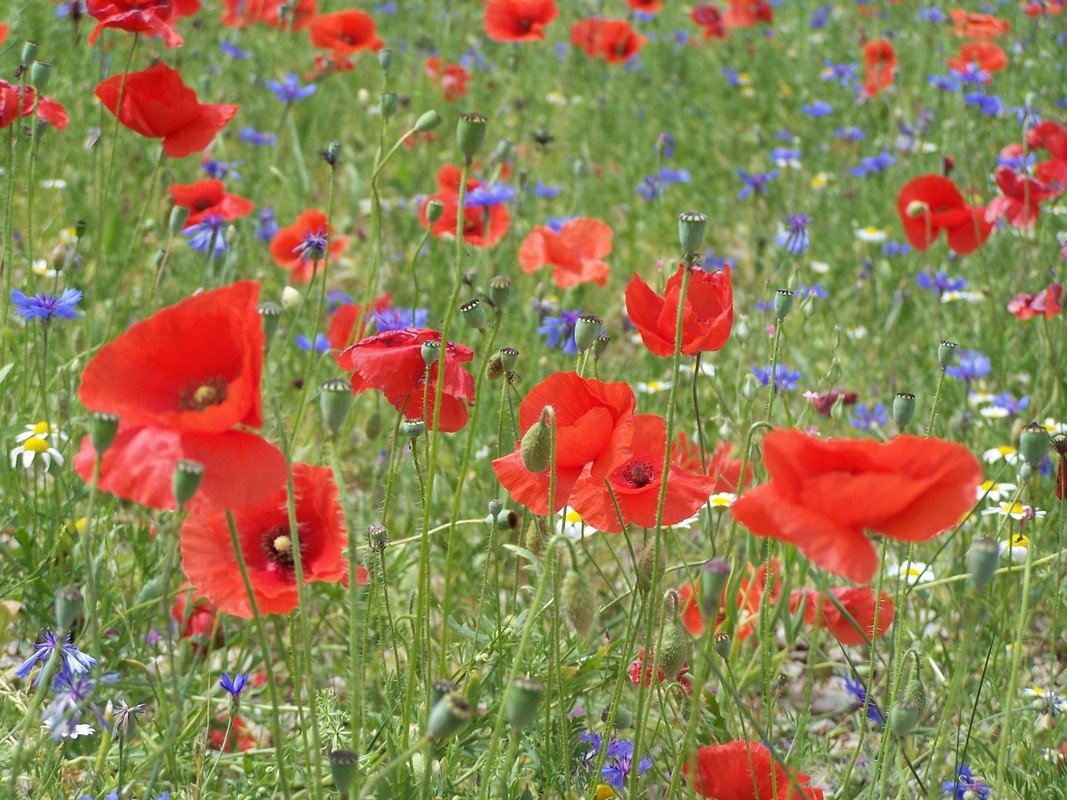Sarteano is 573 metres above sea level, it is situated on a spur of Mount Cetona. The large number of archaeological finds discovered in its area testifies a continuity of the human presence since Paleolithic till Bronze and Iron Age. The Etruscan presence is remarkable too, as the numerous necropolis testify; they are among the most important of the territory of Chiusi. Sarteano appears for the first time in a document dated 776 A.D., under the name of Vicus Sarturianus. About eleventh century it became the centre of a large feud under the Counts Farolfi-Peponi- Manenti, Lombard family , which built the Romanesque Abbey Of Sineta. In 1178 Manente di Pepone, who enjoyed a privilege by Barbarossa, got the jurisdiction over Chiusi and its territory. Since the beginning of the thirteenth century Sarteano was contested by Siena, Orvieto and Perugia. In 1379 it was annexed to Sienese Republic.
In 1469 Siena restored the ancient Fortress, already belonged to the Manenti. The final restoration of this military building is due to the architect Baldassarre Peruzzi ( 1528 ). Sarteano keeps some important fourteenth-fifteenth centuries pictorial works of the Sienese School, in particular by Jacopo of Mino del Pellicciaio ( St. Francesco, St Martino ) and by Girolamo del Pacchia ( St. Lorenzo ).
The Church of San Francesco, which keeps the fifth century frescos of the Romanesque Church of S. Vittoria, shows a Renaissance façade, modelled on Pienza’s Cathedral’s façade. This housing project is due to Pio III, Pio II Piccolomini’s nephew, who was born in Sarteano.
In the neoclassic Church of San Martino there is the painting representing “ The Annunciation “ (L’Annunciazione ) dating back to 1552, masterpiece of the great Sienese mannerist Domenico Beccafumi. The springs called “Holy Bath“ ( Bagno Santo ), which feed three swimming-pools with running water at 24°C, are known since the ancient times.
 the Tomb of the infernal quadriga |
In 2003 in Sarteano, in the Pianacce necropolis, the Tomb of the infernal quadriga was discovered. The discovery was exceptional, both for the extraordinary state of conservation of the paintings and for the uniqueness of the scenes represented.
The Tomb of the infernal quadriga, one of the most significant examples of Etruscan wall painting from the 4th century BC. it is without comparison, both in the pictorial and ceramographic fields.
Excavated in travertine at a depth of five metres, it is equipped with a twenty-metre long dromos. It is decorated with bright and vibrant colors that stand out against the white plaster. The paintings have only been preserved on the left wall and on the left side of the back wall. The most famous scene is that of the demon (probably Charun) leading a quadriga made up of two lions and two griffins on a chariot, facing the outside of the tomb. The quadriga is preceded by a fragmentary winged figure. The edge of Hades is symbolized by a painted Doric door framing a niche. Beyond this a usual banquet scene with two male characters. It is most likely a couple of lovers or a parental couple (perhaps father and son). Next to them a servant holding a strainer to filter the wine. In the back chamber a large three-headed serpent is painted. The hippocampus on the back pediment has exceptional dimensions. Under the pediment is the imposing alabaster sarcophagus with the semi-recumbent deceased.

















